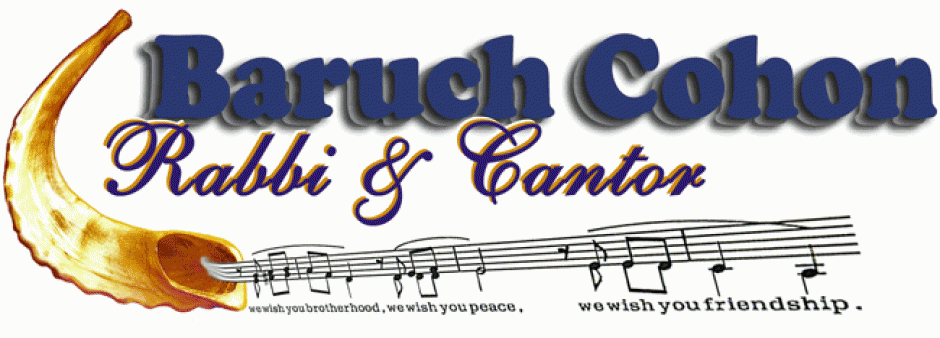Deuteronomy chapters 29-30 takes place on Moses last day. Here he concludes his parting message to his people. First he details all those who stand before him, not just standing — as in the Hebrew verb “om-dim” — but firmly as if to say Here we stand — “nitzavim” — ready to make a covenant with G-d. He mentions the chiefs, the tribesmen, the elders, the officers — in other words, the men who administer the laws, those who must live by them and those who enforce them. He goes on to name the children, the women, and the strangers in their camp who chop the wood and draw the water. And he is still not finished. “Not with you only do I make this covenant. But both with those who are here today with us, and with those who are not here.”
Not here? Who could that be? The commentators agree that this refers to future generations. Divine justice and compassion is hereby extended to world Jewry forever. All we have to do is accept it.
Moses summarizes the rewards of faithfulness and the dire results of unfaithfulness. He even predicts the reactions of other nations who will witness those dire results for the Jewish people — destruction of the land they are about to enter, and exile for their descendants.
Finally we get the peoples answer, phrased so eloquently that two of its words in Torah scrolls and in printed Hebrew Bibles are topped with 11 dots: “The hidden things belong to the Lord our G-d, and the revealed things belong to us and our children (lanu ulvaneynu, the dotted words) forever, to put all the words of this Torah into action.”
Hearing the commitment to pass this heritage along, Moses predicts that even though future generations endure violence and exile, once they return and listen to the Divine teaching and seriously undertake to follow it, G-d will return to them and gather them in. No matter where they are scattered — even “in the far ends of the sky” says Moses. The sky, indeed? Could he be talking about another planet? Another universe? Maybe not. After 40 years traversing the desert, maybe any distant place could seem like a different world. The promise, however, is to gather that repentant generation and restore it to its land.
Clearly the key to this promise of future redemption is found in those two dotted words: lanu ulvaneynu. By training our children in our faith, by educating them in Torah, we build toward that redemption.
One question we could ask is: What redemption? Is Moses talking about the Messiah? Or Theodor Herzl?
Chapter 30 verse 6 gives the Torahs answer. After returning to the Land, “G-d will circumcise your heart and the hearts of your descendants, to love G-d with all your soul and all your being, so that you may live.”
A people, a nation, united in commitment to a code of conduct and a sacred tradition can weather storms and survive. Sometimes that unity looks unachievable. But in one amazing paragraph the Torah answers that objection:
“For this Mitzvah, this commandment I give you today, is not too mysterious for you, and not far away. It is not in heaven, that you should say: Who will go up to heaven and get it for us and let us hear it so we can do it? And it is not overseas, that you should say: Who will cross the ocean and get it for us and let us hear it so we can do it? [No,] it is very near you, in your own mouth and your own heart, to do it.”
No wonder many congregations read this section on Yom Kippur. It certainly reminds us to take responsibility for ourselves and our future. That is what the High Holidays are all about, isnt it? Facing a new year — apples and honey and all — Nitzavim give us a memorable shot in the arm.
##

